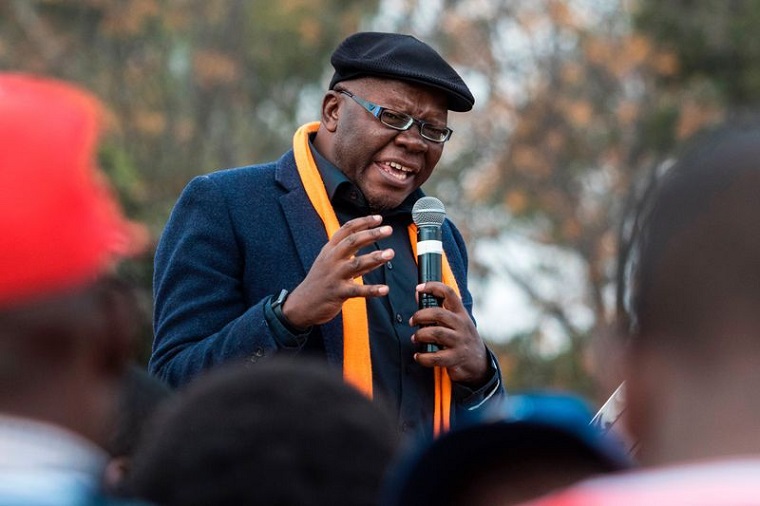 In August 2008, I visited a hospital roughly 100 miles outside the Zimbabwean capital, Harare. Hundreds of patients lay in overcrowded wards and on makeshift beds in hallways and in waiting areas. Outside, hospital employees scrambled to pitch tents in order to accommodate the sick and dying still streaming in from the countryside. Doctors stood by helplessly, unable to do anything without the necessary drugs and equipment.
In August 2008, I visited a hospital roughly 100 miles outside the Zimbabwean capital, Harare. Hundreds of patients lay in overcrowded wards and on makeshift beds in hallways and in waiting areas. Outside, hospital employees scrambled to pitch tents in order to accommodate the sick and dying still streaming in from the countryside. Doctors stood by helplessly, unable to do anything without the necessary drugs and equipment.
Zimbabwe was in the throes of a hyperinflationary meltdown. Basic sanitary services had collapsed, unleashing a cholera epidemic that would eventually claim thousands of lives. Two years before, in 2006, President Robert Mugabe’s government had abandoned the Zimbabwean dollar in favor of a new quasi-currency called the “bearer check.” But prices continued to skyrocket and zeros quickly accumulated on the bearer checks. Soon, the Central Bank was printing hundred-thousand-trillion-dollar denominated notes that could barely buy a bottle of soda. Inflation would peak at 500 billion percent in December 2008, the second highest in recorded history after Hungary in 1956.
Mugabe’s ruling party, the Zimbabwe African National Union–Patriotic Front (ZANU–PF), blamed external forces, but the crisis was entirely of its own making. For more than a decade, ZANU–PF had raided public coffers in order to shore up political support. The party ran enormous budget deficits, which it partially plugged by printing money. Such was the habit the ruling party had formed back in 1997. That year, war veterans took to the streets to demand better compensation. Mugabe offered the veterans hefty new allowances, even though the budget had not provided for these. The announcement spurred a dramatic selloff in the Zimbabwean stock exchange and caused the currency to plunge more than 70 percent in a single day.
So began an 11-year decline, during which the economy lost 60 percent of its value. Mugabe’s government spent profligately. It intervened militarily in the Democratic Republic of Congo, at vast expense to the country (but to the profit of many in Mugabe’s inner circle). The economic slide naturally led to political agitation, with sporadic strikes spreading across the country. The country’s main trade union, together with its allies in civil society, formed a political party, the Movement for Democratic Change (MDC). Faced with the threat of an insurgent MDC, Mugabe embarked on a bloody and reckless land reform program. His government seized thousands of farms and turned them over to ZANU–PF loyalists, decimating Zimbabwe’s once vibrant agricultural sector and triggering the kind of economic collapse rarely seen outside of a war zone. By 2008, government debt was unserviceable, social services had disintegrated, and life expectancy had plunged to 32 years for women and 34 years for men.
Not surprisingly, the economic crisis precipitated a political crisis. In the March 2008 general election, the MDC won more parliamentary seats than ZANU-PF and Morgan Tsvangirai, the MDC’s presidential candidate, delivered Mugabe a resounding defeat. The Southern African Development Community (SADC), a regional bloc that played a mediating role in the crisis, acknowledged that Tsvangirai had won, but claimed that he had not cleared the 50-percent-plus-one threshold for a first-round victory—this despite the fact that the Zimbabwean government refused to release the official results for another five weeks.
Continued next page
(296 VIEWS)


